Not sure about Riot’s new fighter? Here’s how to play Project L, its systems, and how its tag systems work.
Those attending EVO 2023 this weekend will get access to the demo version of Riot's new League of Legends-based fighter, Project L. However, there's still some mystery attached to how, exactly, this Marvel vs Capcom-esque fighter plays. Wonder no more, as Riot released a video this morning on social media that gives a full breakdown of how to play Project L.
Much in the style of the game that came before it, Rising Thunder, Project L is all about simplicity. Confused? We'll give you the breakdown of the video below.
How to play Project L: Offense
Those at EVO this weekend may want to know just how to play Project L. In which case, here's the full scoop. If you're familiar with anime fighters such as BlazBlue or Persona 4 Arena then you might have an idea already.
Normal attacks
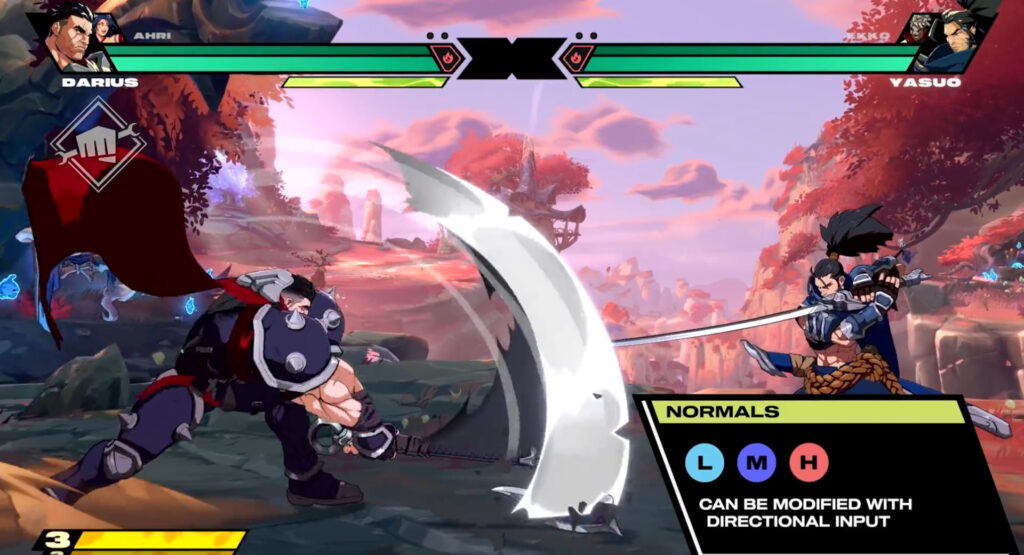
The face buttons used to attack include your standard 'magic series' string of light, medium, and heavy normals. Holding different directions will change what attack comes out, similarly to Dragon Ball FighterZ. When used in succession you'll chain these three attacks together into a combo. It's likely that in order to learn how to play Project L you'll have to get used to linking these attacks.
Launcher
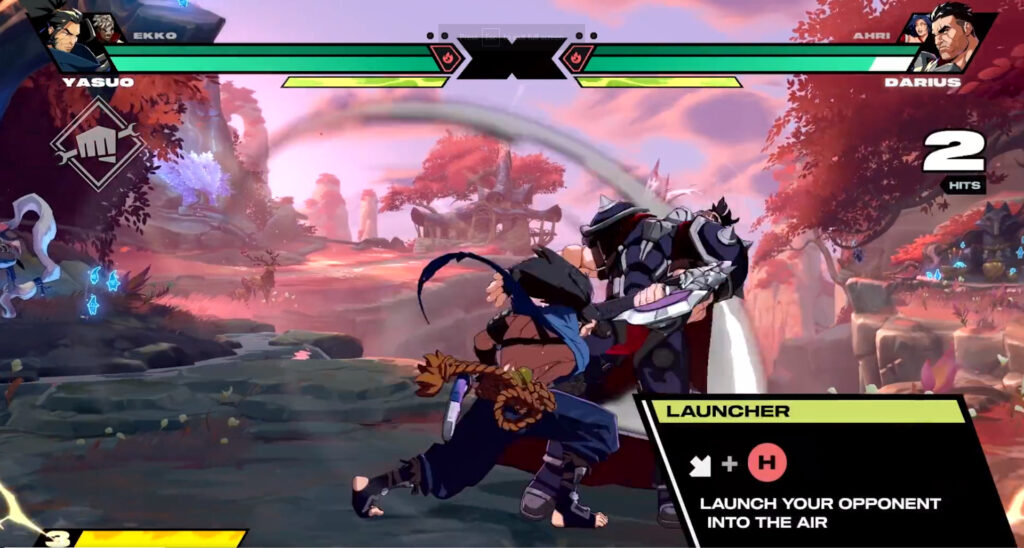
Like other tag and anime fighters, you can launch your opponent into the air by hitting forward-diagonal and Heavy. This can be used as the final hit of a L-M-H combo, and after you can follow the opponent into the air by holding up-diagonal as it connects.
Special Attack buttons
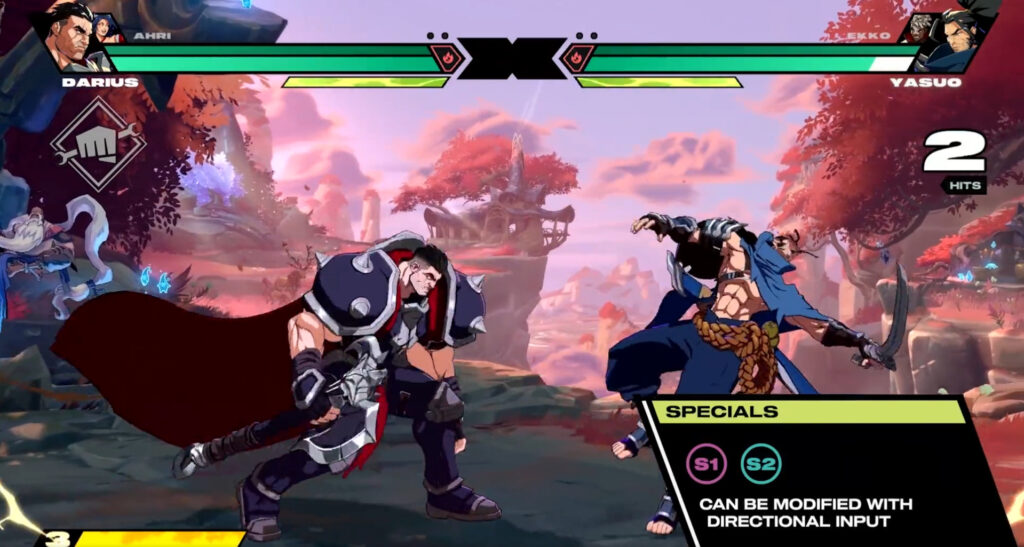
Here is where Project L differs from other tag fighters. Instead of doing motions for your special attacks you instead have two specials buttons. Hitting one of these in its neutral position will elicit a special attack, while hitting that same button with a direction will cause a different special to come out.
This also means that a standard combo will look something like L>M>H>S1.
LV1 and 2 Ultimates
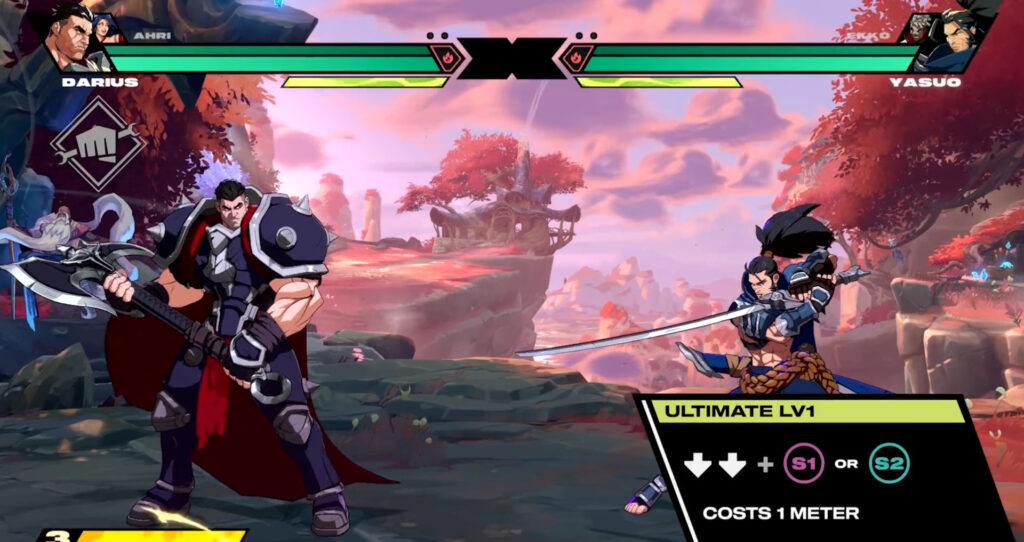
It wouldn't be a fighting game without big finishing moves, and learning how to play Project L is no different. Your LV1 Ultimate is activated by hitting down twice, plus one of the Special buttons. It costs 1 bar of meter. Meanwhile, your LV2 Ultimate is triggered by hitting both special buttons instead and costs 2 bars.
On the defensive
If you're being bombarded by attacks you might wonder what your defensive options include. Besides the typical "hold back to block" you'll have a number of systems in place to help you stay alive.
Pushblock
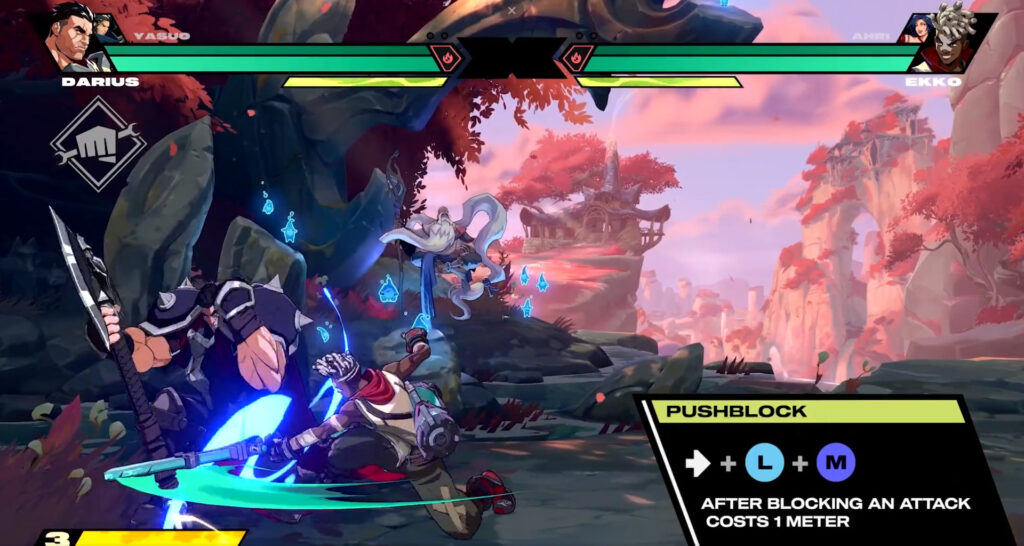
A fighting game staple, the pushblock allows you to shove an enemy away while blocking. This creates space for you to either reset, start your own attack, or collect yourself. This will cost 1 bar of meter, so don't go too crazy.
Likewise, you can hold back and hit those same buttons to do a Retreating Guard, which looks sort of like a backwards dash from a block. This will also cost 1 bar.
Related articles
Parry

In a post-Street Fighter III world I suppose it wouldn't be a fighting game without a parry. Also costing 1 bar of meter but refundable if successful, the parry leaves your enemy open for attack. However, mistiming that parry will leave you vulnerable. Additionally, there's also a low parry button, so don't plan on spamming it for every attack.
Anti-air
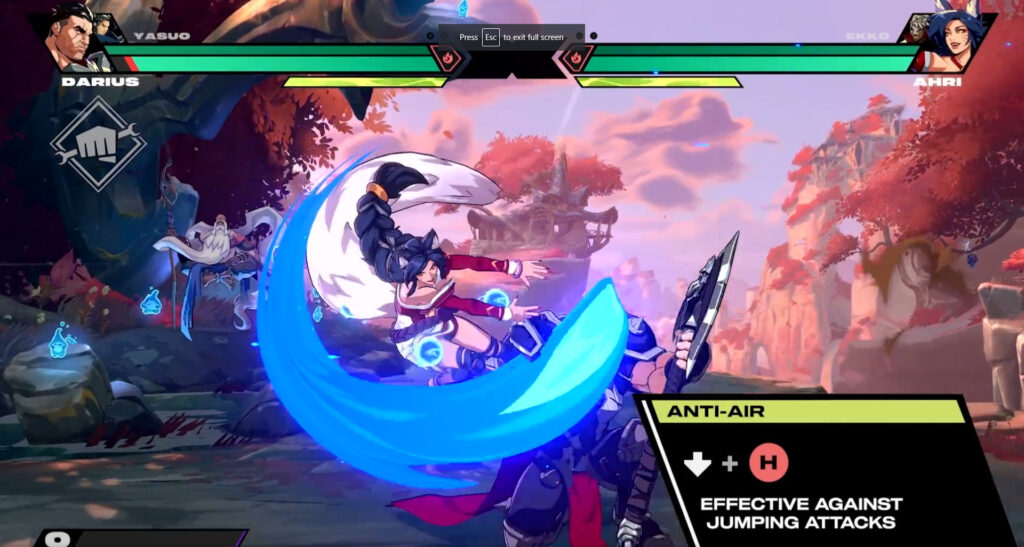
A welcome change from most fighters, Project L features a universal anti-air for each fighter. By hitting down and Heavy you'll get an anti-air. Really, this is a great feature and one that more games should consider.
Dynamic Save
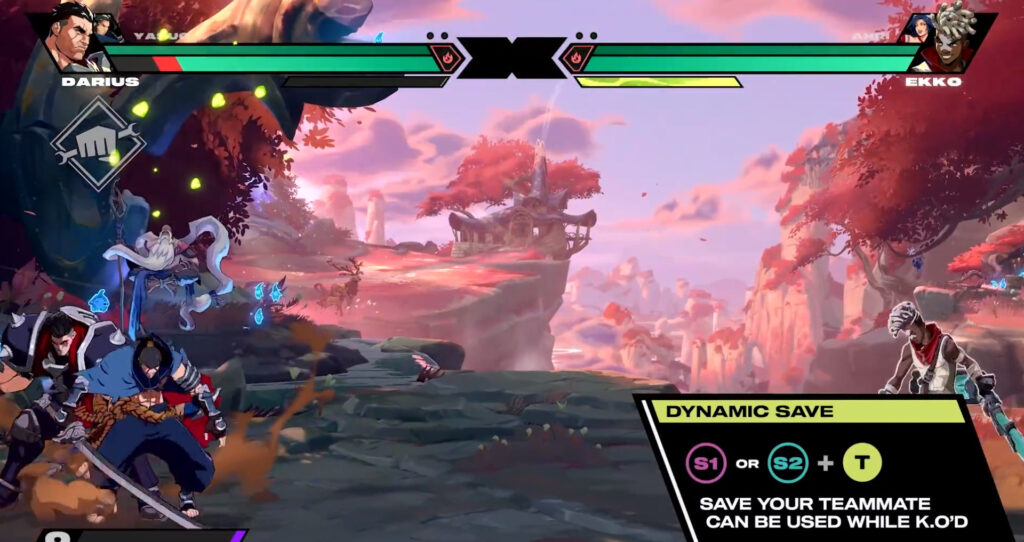
A new feature to Project L, the Dynamic Save is best compared to the Drive Reversal in Street Fighter 6. Costing some meter, the move calls in your partner to stuff an attack while blocking. However, this move is usable even if your partner has already been KO'ed. However, use of it is limited and it can be countered for a big ole Happy Birthday--a fighting game term for when multiple opponents on the screen get hit by an attack at once.
How to play Project L: Tag moves
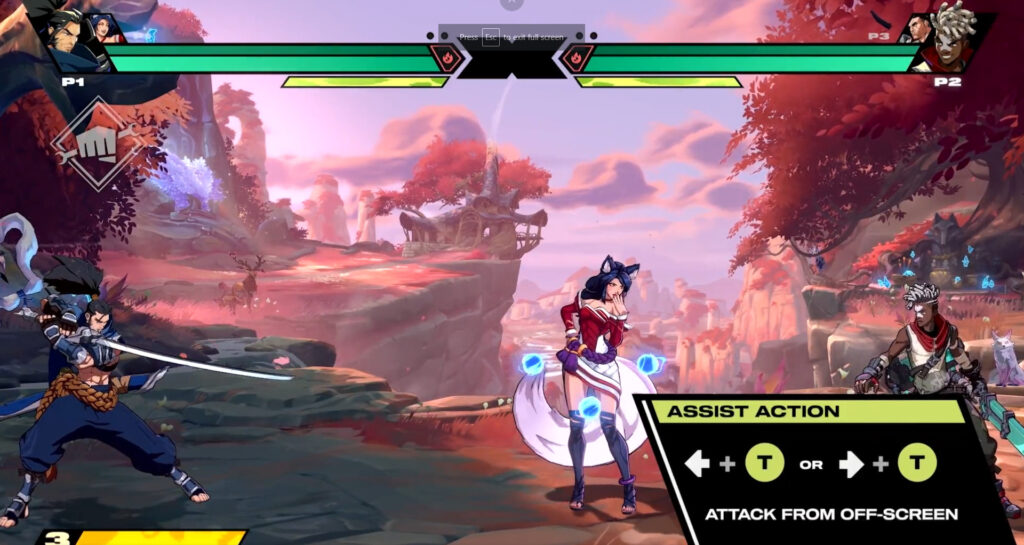
We couldn't have a tag fighter without assists. Each character has two Assist Actions that bring out different moves from your off-screen Champion. However, and in a twist to this game, the Assist Action is controlled by your partner if playing duos. If you're playing solo then you'll be the one imputing the action.
There is also a charged version of each Assist Action, done by holding the buttons down. Meanwhile, the Tag button can be used as an attack off your Launcher, by hitting it as your opponent goes up into the air.
The Fuse System

Similar to the Groove system of Capcom vs SNK 2, the Fuse System in Project L allows you to change how your Champions fight as a team. This includes effects such as Double Down, which allows both your characters to use their Ultimate attack one another another via a cancel similar to Marvel vs Capcom 3. You could also choose the Double Assist Fuse, which lets your partner use two Assist Actions on screen.
All of the Fuse options look to channel the different flavors of various tag games, allowing for a lot of customization. There's even one that somewhat replicated the *cough* beloved X Factor feature from MvC 3.
That's all for now!
That all seems like a lot, but I have a feeling we're just scratching the surface of how to play Project L. Expect more information as we move into next year and learn more about what may be the biggest fighting game of 2024.
Stay tuned to esports.gg for esports news and FGC information.